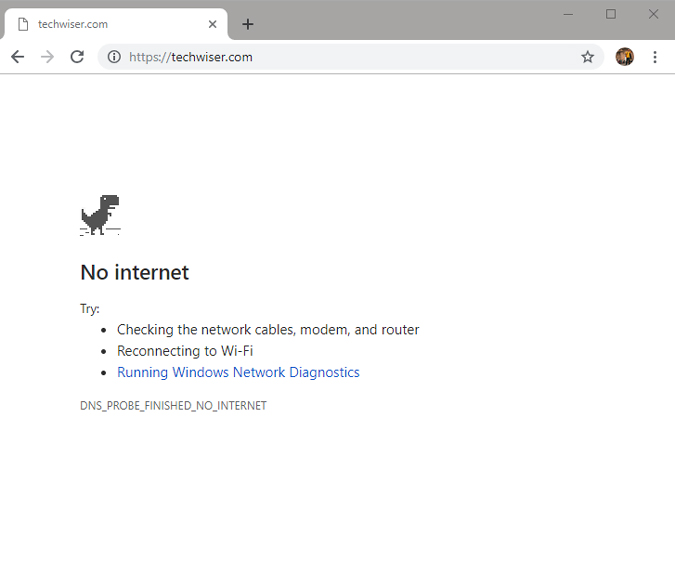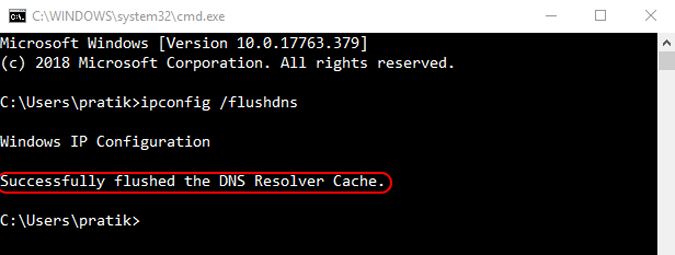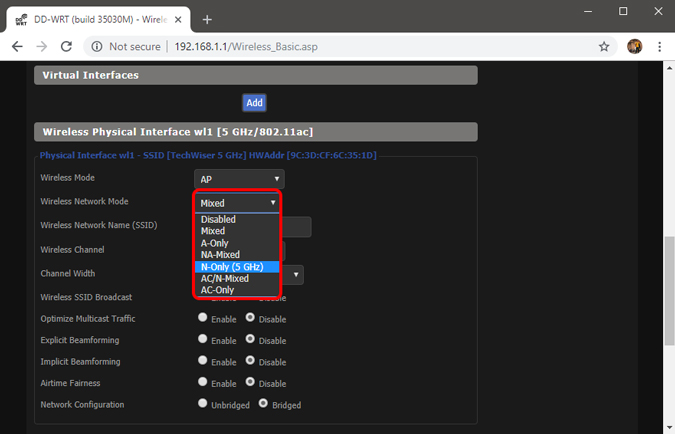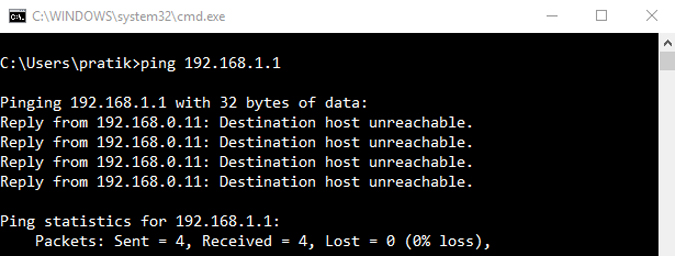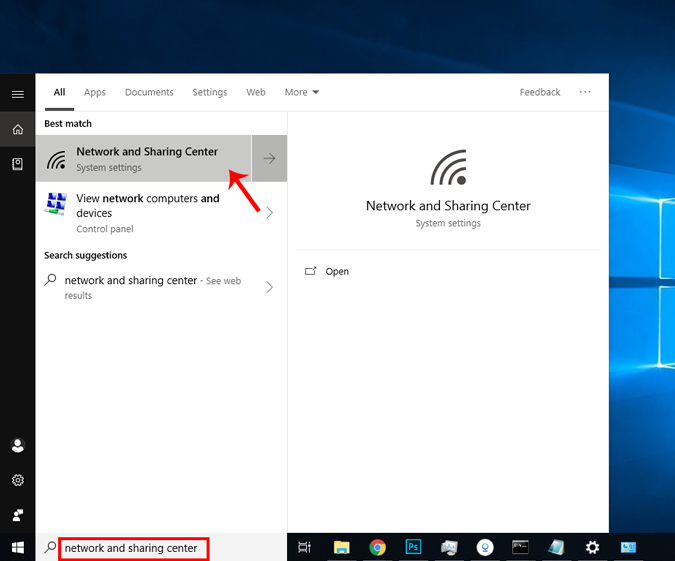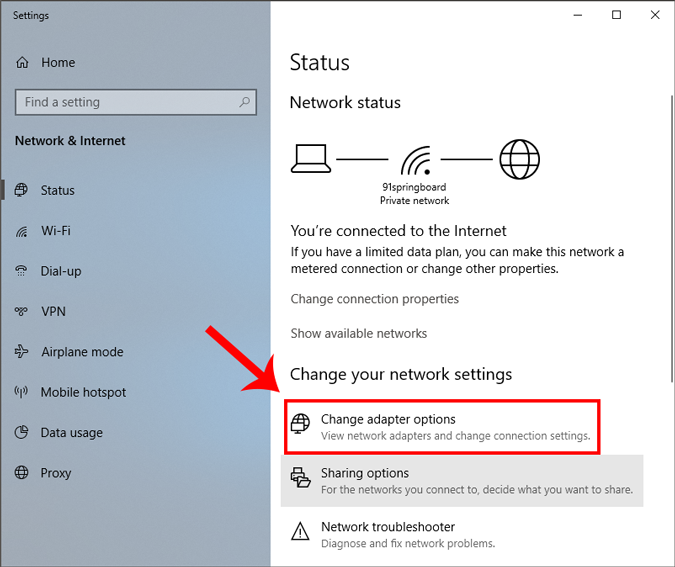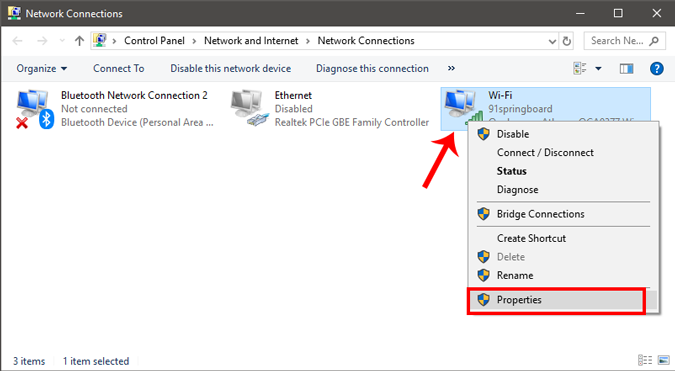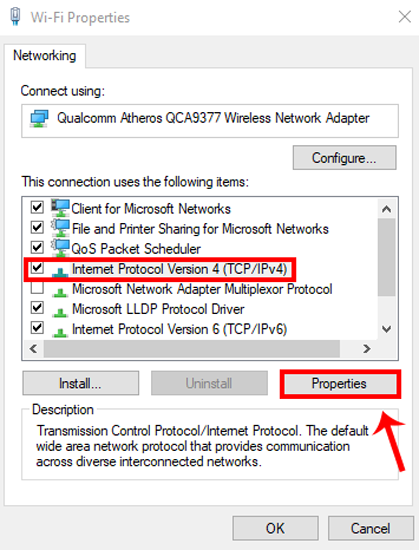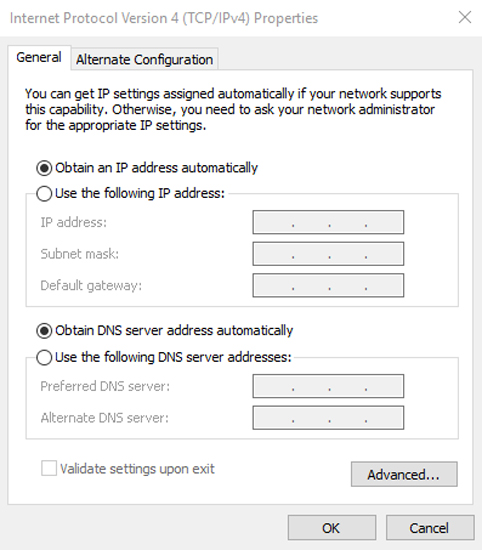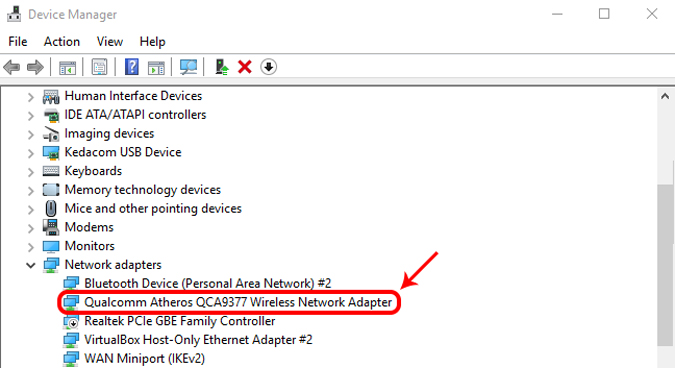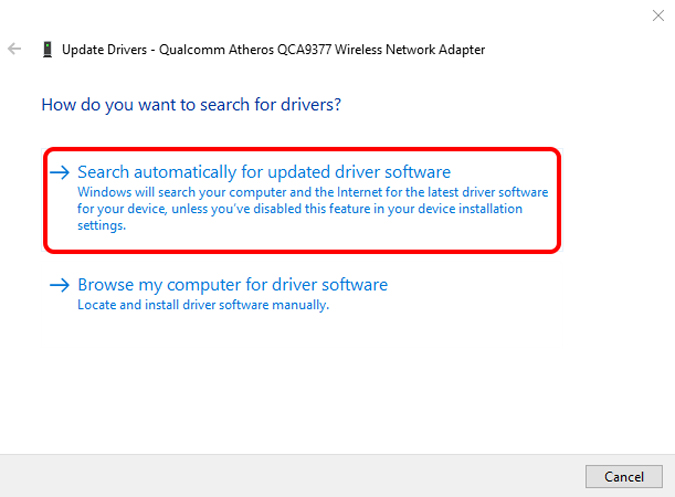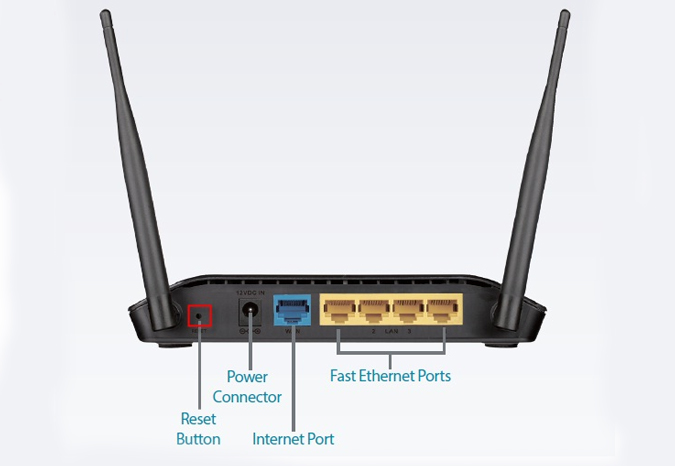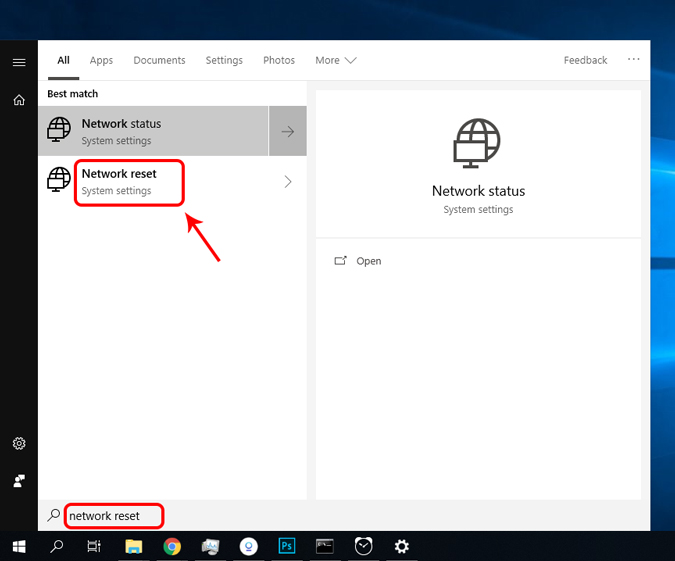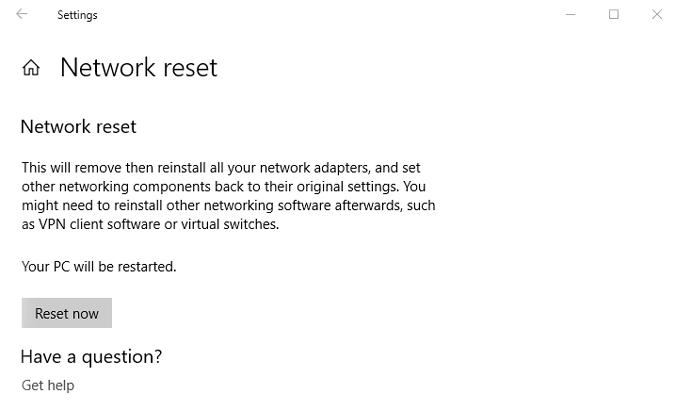- 12 Step by Step Fix to WiFi Connected But No Internet Access
- Where to look?
- Fix Wi-Fi Connected But No Internet Access Error
- 1. Restart Device
- 2. Check Modem Lights
- 3. ISP Is Down
- 4. Antivirus or Other Security App
- 5. Use Built-in Troubleshooter
- 6. Flush DNS
- 7. Change Wireless Mode on Router
- 8. Obtain IP and DNS Automatically
- 9. Fix Network Driver Issues
- 10. Reset Router
- 11. Reset Your Network
- 12. Call the ISP
- Wrapping Up: Wi-Fi Connected But No Internet Access
12 Step by Step Fix to WiFi Connected But No Internet Access
It’s often a confusing and dreaded moment when you get the Wi-Fi connected but no internet access error. It could be an issue with your operating system settings or even the router. Over the years, we have often encountered this ‘No internet on connected Wi-Fi issue’ and finally put together a step-by-step guide to help you fix this problem.
Note: We are focusing on troubleshooting on the desktop in this article. In case, you are facing issue on your Android, check out our other article on Android connected to Wi-Fi but no internet.
Where to look?
There are usually two places to look at if you are facing network issues:
If the Internet is not working on all the devices connected to the network, then chances are there is a problem with your Router/Modem. You can also have a quick look at the ADSL cable to see if it’s broken or twisted.
If the internet is not working on a single device, chances are there is an issue with the device’s WiFi adapter which is causing the device a hard time communicating with the router. Here are 9 steps to fix Wi-Fi connected but no internet error.
Fix Wi-Fi Connected But No Internet Access Error
1. Restart Device
I know how it sounds and chances are most of you have already done this couple of times, but if you haven’t then you should.
The good old reboot forces the network devices to refresh their IP tables and reload the configuration files. Turn off both the router and the modem (in case you have one). Next, wait for 30 seconds before restarting them again. Additionally, you should also restart your PC to ensure things are clean. Once all the devices are reset, try connecting again to see if it works.
2. Check Modem Lights
There might be a problem with your internet connection instead of the devices connected. To confirm, check the WAN light on the router and make sure it’s blinking. Make sure the WAN light is not constantly on or completely off.
Ideally, the DSL lights should be ON or green in few cases, and the Wi-Fi indicator lights should blink. If you are not sure how to check, contact your ISP’s customer care service and confirm the ongoing internet issue. Ask them how much time will it take to fix the problem.
3. ISP Is Down
Visit Downdetector from your mobile data and search for your ISP. Let’s say that its AT&T. You can search for most popular ISP here and check if their servers are down or whether they are facing an outage. This handy site tracks coverage worldwide so you can also check it based on your location.
Click on the Live Outage option to know whether it is down in your part of the world. A simple search on social media sites like Twitter may also help understand if other users are facing similar issues where Wi-Fi is connected but there is no internet.
4. Antivirus or Other Security App
Antivirus software are known to cause internet problems in the past. Disable your antivirus and other security apps like malware temporarily and check if it resolves the Wi-Fi connected but no internet error. If it does, you know where to look next. If not then continue with the next step.
At this point, I would also recommend you to run a complete or full antivirus and Malwarebytes scan to make sure you are not infected with something dangerous that’s causing this error.
5. Use Built-in Troubleshooter
If the intenet is fine on ISP’s end and is working on at least one of the connected devices, then chances are there is a problem with the Wi-Fi adapter. This can be easily fixed with the built-in troubleshooter that comes with Windows and Macs.
Right-click on the network icon in the taskbar and select ‘Troubleshoot problems’. Windows will automatically look for network problems and fix them. If it cannot fix it then it will at least let you know what the problem is. You can search for the solution online or even ask in the comments below.
The same option is available for Mac OS X and Ubuntu as well.
6. Flush DNS
Sometimes, DNS cache conflict can lead to Wi-Fi connected but no internet access error. You can flush DNS to ensure it isn’t causing any trouble. Go to the Windows start menu and type ‘cmd’ to open Command Prompt and run it with admin rights. Type the following command and press enter to flush the DNS.
Here are some more Command Prompt commands that might help resolve the Wi-Fi and other network error issues.
Reset files stored by Windows for accessing the internet:
netsh winsock reset netsh int ip reset
Release your old IP address and set a new one automatically.
ipconfig /release ipconfig /renew
If this doesn’t work, give the following commands one at a time but right one after the other.
ipconfig/flushdns nbtstat -R nbtstat -RR netsh int ip reset c:\resetlog.txt netsh winsock reset
7. Change Wireless Mode on Router
This is an exceptional case and happens only if you have an old Wi-Fi card or device installed. If you are getting internet access on your PC by connecting to the router via ethernet cable, chances are there is a communication barrier between these two devices. And one way to fix that is by changing the wireless mode.
There are several wireless modes on a router. For instance, you might have seen something like — 802.11 b or 802.11 b/g or 802.11 b/g/n, etc. This b, g, n, and ac are different wireless standards. Usually, the wireless mode is set to 802.11 b/g/n/ and it works fine for most users. Sometimes, old devices like smartphones are not compatible with this mode and result in network issues.
Log in to your router dashboard and look for the ‘Wireless Mode’ option. It should be under the Wireless settings where you set Wi-Fi SSID and password. Select 802.11 b in the drop-down menu next to Wireless Mode and save changes. Restart the Wi-Fi and see if this fixes the problem. If this doesn’t work then try 802.11 g instead. Check again if the Wi-Fi connected but no internet access error is resolved or not.
8. Obtain IP and DNS Automatically
Can you connect the same computer/smartphone to another Wi-Fi network? Try using a mobile hotspot to check. It can be a DNS or IP address conflict. Another way to check that is by pinging your router from the command line. If you get a timeout response or destination host unreachable, then it’s probably an IP address conflict.
Open Command Prompt with admin rights and give this command:
Ideally, you should set network settings to automatically obtain the IP address and DNS settings from the router to ensure minimum conflicts. However, sometimes assigning a static IP address to your devices or changing the DNS server helps fix Wi-Fi connected but no internet access error.
The following are the steps to change IP settings in Windows. If you are running macOS or Android, then check out our article on how to change DNS on all platforms and how to assign static IP addresses on all platforms.
On Windows, we need to change the network adapter settings to obtain an IP Address automatically. To do that, click on Start menu and find Network and Sharing Center.
Once the network window opens, then click on Change Adapter Options.
On the Network Connections window, right-click on your current network adapter or Wi-Fi and choose Properties.
Select Internet Protocol Version 4(TCP/IPv4) and click on Properties in the pop-up.
Select Obtain an IP address automatically and Obtain DNS Server address automatically here and click on OK to save changes.
You should connect automatically and if not, try restarting your PC to start using automatic IP Address setting.
9. Fix Network Driver Issues
Sometimes a corrupted network driver can lead to bad internet. Press Window+R keys and enter ‘devmgmt.msc’ to open Device Manager.
Expand Network adapters and find your Wireless Network Adapter. Irrespective of whatever brand you have got, it should be suffixed by ‘Wireless Network Adapter’. Right-click on the network adapter and click on the ‘Update drivers’ option.
You will see two options now. You can update the driver manually or automatically (online). Try connecting your PC to the router using an Ethernet cable. If there is no problem with the router or internet connection, you should connect flawlessly. Once you are connected, click on “Search automatically for updated driver software” and Windows will automatically find and install the right driver.
In case you can’t connect, you will have to manually download the latest driver from the manufacturer’s website on another internet-connected device and move it to your PC. Once you have the latest driver, use the “Browse my computer for driver software” option to manually install the driver software.
10. Reset Router
This option can solve all types of router-related problems. You can reset the router to factory settings to force reset all the new changes that may be causing the issue. This also means you will have to again password protect your router and change basic settings according to your needs.
Although you can reset the router from its settings, an easier way is to press the physical reset button on the router itself. The reset button is usually hidden inside a tiny hole, so you will have to check the router carefully to find the button. Once found, use a paper clip or mobile SIM tray opener to press the button inside and hold it for 5-15 seconds, or until all the lights blink and the router restarts. You should be able to connect to the internet when the router restarts.
Before you reset your router, make sure to log in to your router’s web interface and note down the username and password used to login to ISP’s server.
11. Reset Your Network
As the name suggests, “Network Reset” disables and then reinstalls network adapter and set other networking components back to their original settings. Windows will forget your Ethernet network, Wi-Fi networks, VPN connections, etc. This is why resetting your network should be your last resort.
To do that on Windows, type Network Reset in the Start Menu search.
A new window will open warning you about what will happen when your network is reset. Click the “Reset now” button to continue and restart your PC.
12. Call the ISP
Ultimately, it is the job of your Internet Service Provider to ensure you are connected to the internet all the time, especially if they have provided the router and modem. If none of the above tips worked, call your ISP and tell them the exact problem. They should be able to provide on-call instructions to fix the problem. If they are unable to fix the problem on call, you can ask them to send an agent to physically inspect the device.
Wrapping Up: Wi-Fi Connected But No Internet Access
There is no single answer to the Wi-Fi connected but no internet access problem. The above tips should be able to fix most of the software related problems. However, if there is a hardware problem — like a damaged network card or router — then you will have to contact a technician.
Karrar Haider
Karrar has a bad habit of calling technology “Killer”, and doesn’t feel bad about spending too much time in front of the PC. If he is not writing about technology, you will find him spending quality time with his little family.

